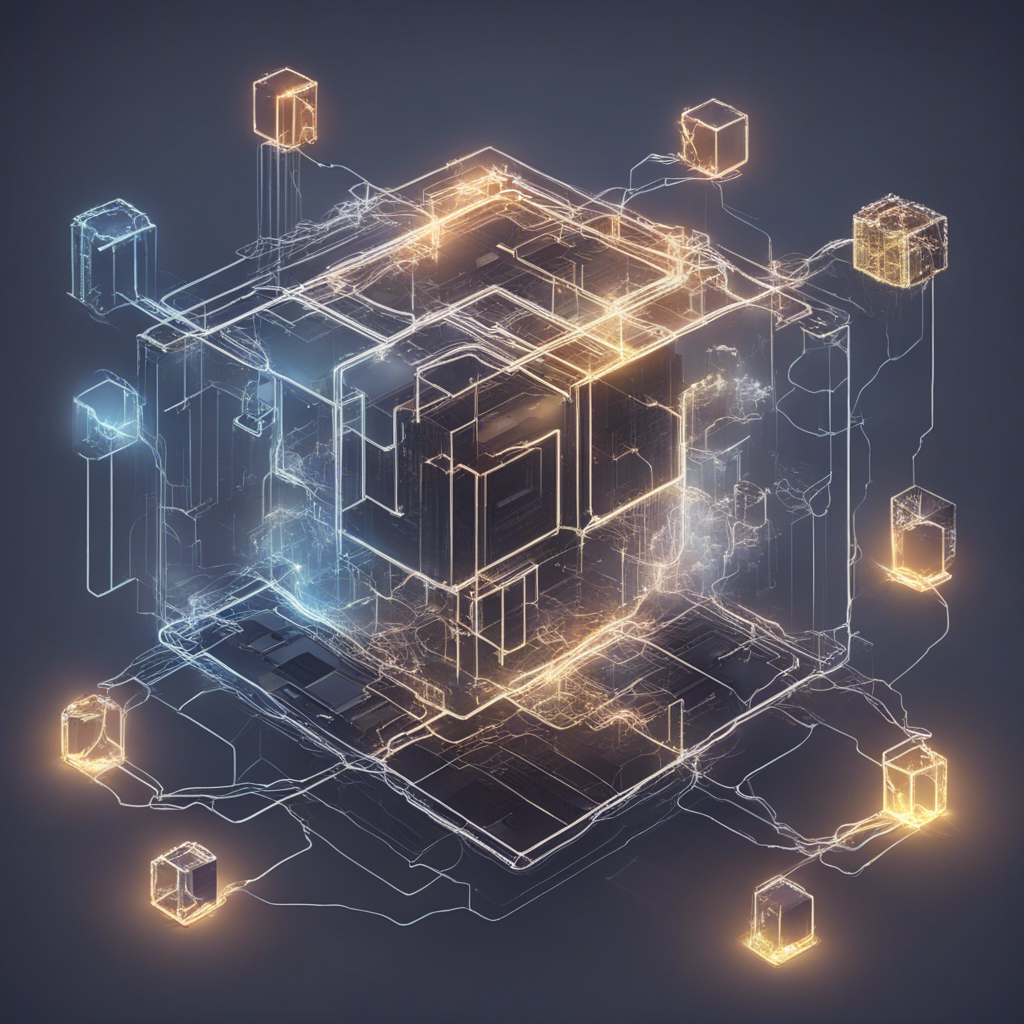
Understanding Blockchain: A Beginner’s Guide
Blockchain technology has become a buzzword in recent years, transforming industries ranging from finance to healthcare. Understanding the fundamentals of blockchain is essential for anyone looking to grasp the potential of this groundbreaking technology. This beginner’s course will provide you with a comprehensive overview of blockchain, its applications, and how it works.
What is Blockchain?
At its core, a blockchain is a decentralized and distributed ledger that records transactions across a network of computers. Each transaction is stored in a “block,” which is then linked to the previous block, forming a chain of blocks – a blockchain. This feature makes blockchain secure and tamper-proof, as altering one block would require changing every subsequent block on the chain.
How Blockchain Works
-
Decentralization: Unlike traditional centralized systems where a single authority controls the ledger, blockchain operates on a decentralized network. This means that no single entity has control over the entire blockchain network.
-
Consensus Mechanisms: To validate transactions and add them to the blockchain, various consensus mechanisms are used, such as Proof of Work (PoW) and Proof of Stake (PoS). These mechanisms ensure that all participants on the network agree on the validity of transactions.
-
Cryptography: Blockchain employs cryptographic techniques to secure transactions, ensuring that data on the blockchain remains immutable and tamper-resistant.
Applications of Blockchain
Blockchain technology finds applications in a myriad of industries and use cases, including:
- Finance: Blockchain has disrupted the financial sector with applications such as cryptocurrencies, smart contracts, and decentralized finance (DeFi).
- Supply Chain Management: By tracking products throughout the supply chain, blockchain enhances transparency and accountability, reducing fraud and inefficiencies.
- Healthcare: Electronic health records on blockchain ensure secure and interoperable health data management, improving patient care and data security.
- Real Estate: Smart contracts on blockchain streamline property transactions, reducing paperwork and fraud in real estate dealings.
Getting Started with Blockchain
If you’re new to blockchain and eager to learn more, here are some beginner-friendly resources to kickstart your journey:
- Online Courses: Platforms like Coursera, Udemy, and Khan Academy offer introductory courses on blockchain technology.
- Blockchain Wallets: Experiment with blockchain by setting up a digital wallet to store cryptocurrencies like Bitcoin or Ethereum.
- Community Meetups: Join local blockchain meetups or online forums to engage with experts and enthusiasts in the field.
Conclusion
Understanding blockchain is crucial for anyone looking to navigate the evolving landscape of technology and finance. By grasping the basics of blockchain, you can unlock a world of possibilities and contribute to innovative solutions in various industries. Embrace this beginner’s course as a stepping stone towards mastering the transformative power of blockchain technology.
Remember, blockchain is not just a technology; it’s a paradigm shift that promises to revolutionize how we transact, communicate, and trust in the digital age.
Image Source: Blockchain Technology Explained
References:
- Nakamoto, S. (2008), “Bitcoin: A Peer-to-Peer Electronic Cash System”, Bitcoin Whitepaper
- Tapscott, D., & Tapscott, A. (2016), “Blockchain Revolution: How the Technology Behind Bitcoin Is Changing Money, Business, and the World”, Portfolio.
Disclaimer: This blog post is for educational purposes only and does not constitute financial or investment advice. Readers are encouraged to conduct their own research before engaging in any blockchain-related activities.



